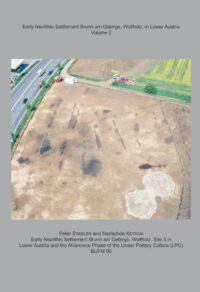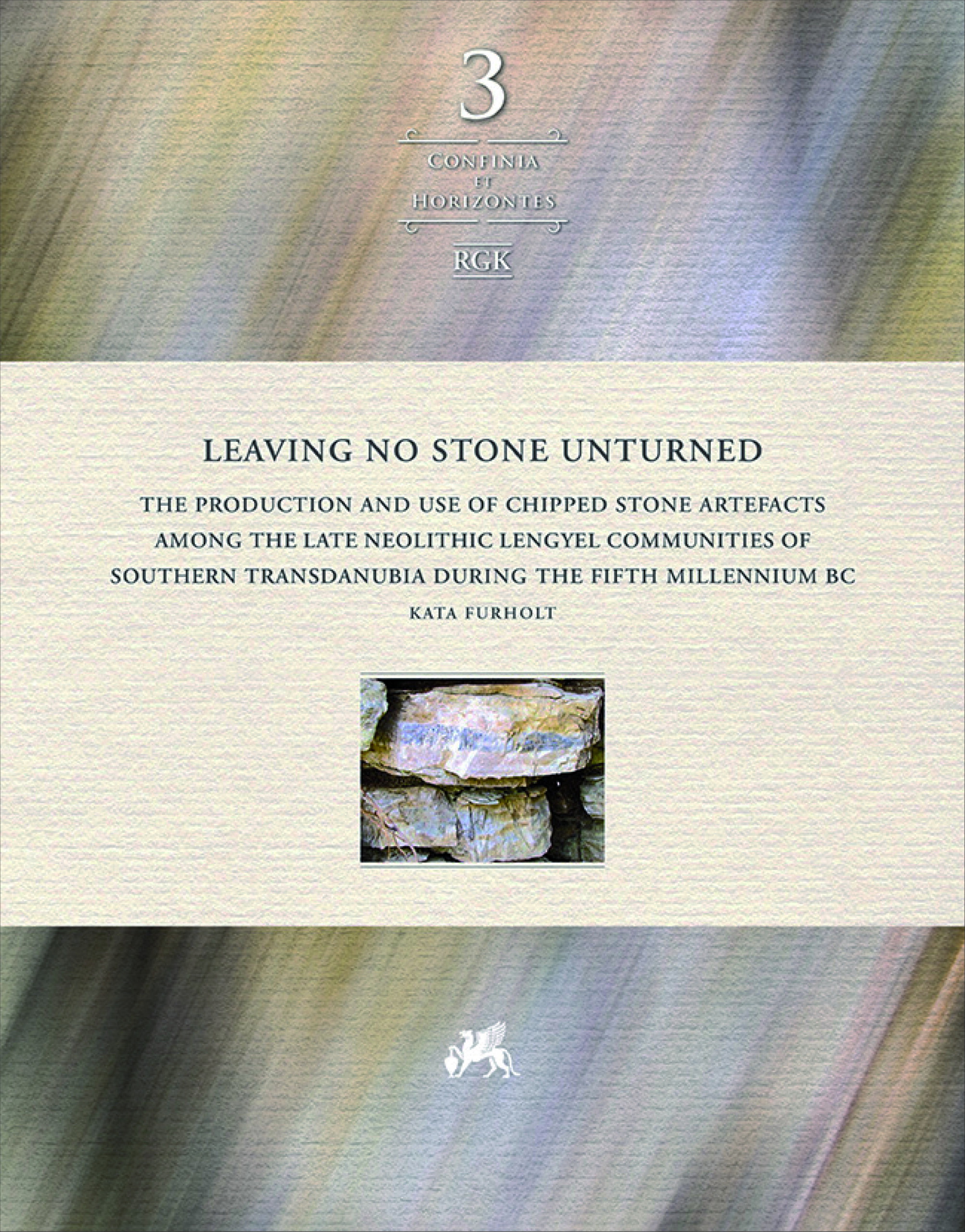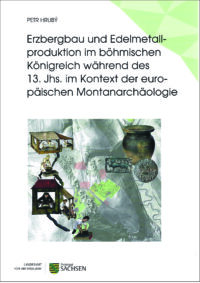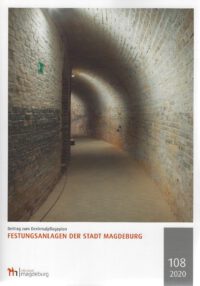Blurb for the Confinia et Horizontes Volume 3
The third volume of the Confinia et horizontes series presents a comprehensive study of over 6,200 chipped stone artefacts from the Late Neolithic period (4800–4500 cal BC), associated with the Lengyel community at the Alsónyék-Bátaszék site in southeast Transdanubia (Hungary). Kata Furholt meticulously reconstructs the successive phases of the chaîne opératoire, including raw material procurement, preparation, production, use, and discard / deposition, with particular attention to the patterns of deposition in burial context. The applied technological analysis gives insight into how environmental factors, cultural traditions, and individual skills have influenced tool-making practices. Based on a comparison of chipped stones from settlement contexts and burials, the study brings to light several different facets of daily life and symbolic practices of the Lengyel community, highlighting the significance of the Alsónyék site as a regional hub for material exchange and mortuary rituals, and revealing patterns of communication and social practices. The raw material, tool type, and position of the stone grave goods show a distinctive pattern that points beyond the simple materiality of the artefacts and are vested with a symbolic value, which helps to better understand the social and cognitive transformations during the fifth millennium BC in the western half of the Carpathian Basin.
Der dritte Band der Reihe Confinia et horizontes präsentiert eine umfassende Studie von über 6200 geschlagenen Steinartefakten aus dem späten Neolithikum (4800–4500 cal BC), die mit der Lengyel-Gemeinschaft von Alsónyék-Bátaszék im Südosten Transdanubiens (Ungarn) in Verbindung stehen. Kata Furholt rekonstruiert akribisch die aufeinanderfolgenden Phasen der chaîne opératoire, einschließlich der Rohstoffbeschaffung, Vorbereitung, Herstellung, Verwendung und Entsorgung / Deponierung, wobei sie besonderes Augenmerk auf die Ablagerungsmuster im Bestattungskontext legt. Die angewandte technologische Analyse gibt Aufschluss darüber, wie Umweltfaktoren, kulturelle Traditionen und individuelle Fertigkeiten die Werkzeugherstellung beeinflusst haben. Anhand eines Vergleichs von geschlagenen Steinen aus Siedlungskontexten und Bestattungen bringt die Studie verschiedene Facetten des Alltagslebens und der symbolischen Praktiken der Lengyel-Gemeinschaft ans Licht, hebt die Bedeutung des Fundplatzes von Alsónyék als regionales Zentrum für Materialaustausch und Bestattungsrituale hervor und deckt Kommunikationsmuster und soziale Praktiken auf. Das Rohmaterial, die Werkzeugtypen und die Position der steinernen Grabbeigaben weisen ein charakteristisches Muster auf, das über die einfache Materialität der Artefakte hinausweist und ihnen einen symbolischen Wert verleiht, der zu einem besseren Verständnis der sozialen und kognitiven Veränderungen während des fünften Jahrtausends v. Chr. in der westlichen Hälfte des Karpatenbeckens beiträgt.
Inhaltsverzeichnis:
Series editor’s introduction
Acknowledgements
Introduction and research objectives
• The south-eastern Transdanubian group of the Lengyel culture
• Chipped stone tool production activities in prehistory
The Alsónyék-Bátaszék site
• The location of the site and its environment
• Description of the fieldwork and the settlement parts
• The settlement features and burials associated with the Lengyel culture
Methodology
• The structure of the study
• Lines of enquiry
• Analytical techniques
Lithic raw materials and raw material economy
• Raw material types of the chipped stone assemblage and their deposits
• Distribution of the chipped stones
• The raw material supply zones of the settlement
• The choice of raw material
• Raw material distribution of the chipped stone assemblage from the settlement features
• Raw material distribution of the chipped stone assemblage from the burials
The technological-typological assessment of the chipped stone assemblage
• The technological-typological categories used in the assessment of the chipped stone assemblage
• Distribution of the technological-typological categories in the settlement assemblage
• Distribution of the technological-typological categories in the burial assemblage
• Discussion: Similarities and differences between the chipped stone assemblage from the settlement features and the burials
Tool production activities
• Reconstructing the chaîne opératoire
• Spatial analysis of the raw material distribution
• Spatial analysis of the technological categories
• Discussion: Tool production activities
The role of chipped stones in the mortuary rite
• The frequency of chipped stones as grave goods
• The grave groups of the Alsónyék-Kanizsa-dűlő sub-site
• Chipped stones as grave goods: A comparison of oval and post-framed burials
• The position of the chipped stone grave goods in the burials
• Discussion: The chipped stone grave goods of the oval and post-framed burials
• Anthropological correlation
• Extraordinary chipped stone grave goods
• The custom of depositing trapezes in the grave
The chipped stone assemblages associated with the lengyel culture in south-eastern transdanubia
From convergent mortuary rites to the emergence of cemeteries
References
Abstract
Zusammenfassung
Absztrakt
List of Figures
List of Tables
Appendices
• Appendix 1: Maps and Plans
• Appendix 2: Supplementary Figures
• Appendix 3: Supplementary Tables
• Appendix 4: Plates
• List of Maps and Plans (Appendix 1)
• List of Supplementary Figures (Appendix 2)
• List of Supplementary Tables (Appendix 3)
• List of Plates (Appendix 4)

 BUFM Band 96: Early Neolithic Settlement Brunn am Gebirge, Wolfholz, in Lower Austria Volume 2
BUFM Band 96: Early Neolithic Settlement Brunn am Gebirge, Wolfholz, in Lower Austria Volume 2 



